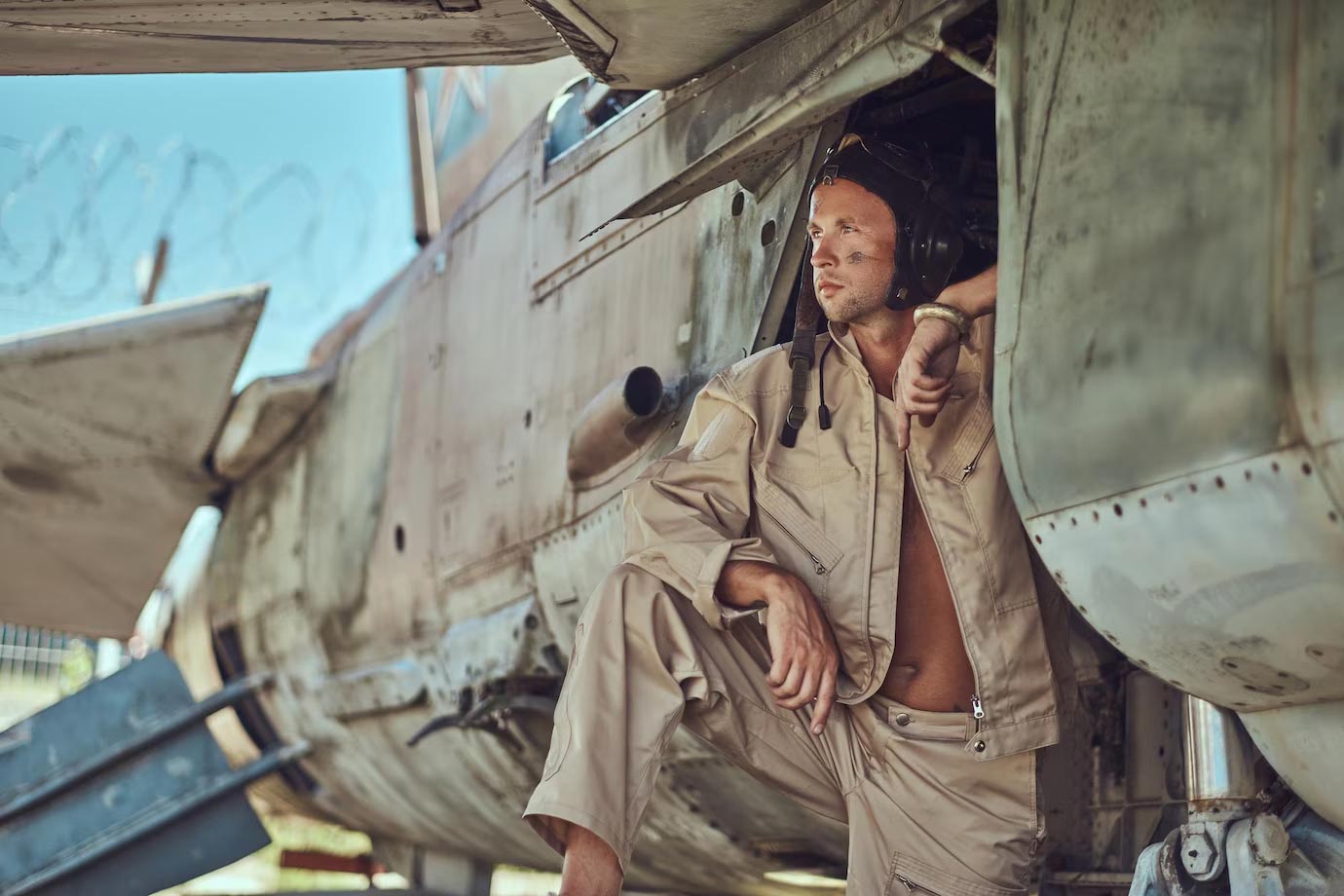C17 Military Aircraft Fan Site
The C-17 Globemaster III
The C-17 Globemaster III stands as one of the most versatile and reliable military transport aircraft in the world. Developed by McDonnell Douglas, now a part of Boeing, this aircraft has carved a niche in aviation history.
Development and Design
The development of the C-17 began in the 1980s. The U.S. Air Force sought a long-range, high-capacity transport to replace older models. McDonnell Douglas responded with an aircraft that boasts impressive performance and adaptability.
The design includes a large cargo hold, a rear loading ramp, and advanced avionics. These features ensure efficient transport of troops, supplies, and vehicles. The massive wings with winglets provide lift and stability, while the four Pratt & Whitney F117-PW-100 engines deliver exceptional power.
Technical Specifications
- Length: 174 feet (53 meters)
- Wingspan: 169 feet 10 inches (51.75 meters)
- Height: 55 feet 1 inch (16.79 meters)
- Max Takeoff Weight: 585,000 pounds (265,352 kg)
- Cruise Speed: 450 knots (516 mph, 830 km/h)
- Range: 2,420 nautical miles (2,780 miles, 4,482 km)
- Cargo Capacity: 170,900 pounds (77,519 kg)
Operational Capabilities
The C-17 excels in strategic and tactical airlift missions. Its ability to operate from austere airfields with limited infrastructure sets it apart. The high-lift wing and powerful engines allow short takeoff and landing (STOL) on runways as short as 3,000 feet (914 meters).
The aircraft can carry a wide range of cargo. This includes Humvees, helicopters, and even the M1 Abrams tank. It can also be equipped for medical evacuation, providing critical care for injured personnel.
Uses and Missions
The versatility of the C-17 makes it a crucial asset for various military operations. It has been used in combat missions, humanitarian aid, and disaster relief.
During combat, the C-17 delivers troops and equipment to forward operating bases. Its mobility ensures rapid deployment and supply of forces in diverse environments. The aircraft’s defensive systems, including radar warning receivers and flares, protect it from threats.
In humanitarian missions, the C-17 provides aid to disaster-stricken areas. It has delivered food, water, and medical supplies to regions affected by natural disasters. Its ability to land on short, unprepared runways ensures timely assistance in remote locations.
Global Presence
The C-17 serves not only the United States but also several allied nations. Countries such as the United Kingdom, Australia, Canada, and India have integrated the C-17 into their air forces. Its global presence underscores its reliability and effectiveness.
The interoperability of the C-17 among allied forces enhances joint operations. This capability ensures that multinational missions run smoothly, whether for military engagements or international aid efforts.
Technological Advancements
The C-17 incorporates advanced technology to enhance its performance and safety. The fly-by-wire system replaces traditional flight controls with electronic interfaces. This system reduces weight and increases precision in handling.
The advanced avionics suite includes a heads-up display (HUD) and multifunctional displays. These features provide the crew with critical flight information and improve situational awareness. The communication systems enable seamless coordination with ground forces and other aircraft.
Maintenance and operational efficiency are optimized through the Integrated Management System (IMS). This system monitors aircraft systems in real-time, allowing for proactive maintenance and reducing downtime.
Pilot Training and Crew
Pilots and crew undergo rigorous training to operate the C-17 effectively. Simulation facilities provide realistic training scenarios, enhancing their skills in handling the aircraft. This training covers various aspects, from basic flight operations to combat and emergency procedures.
The aircraft typically operates with a crew of three: a pilot, co-pilot, and loadmaster. The loadmaster plays a crucial role, ensuring proper loading and unloading of cargo. Their expertise guarantees that the aircraft remains balanced and that cargo is securely fastened.
The Future of the C-17
While production of the C-17 ended in 2015, its legacy continues. The aircraft remains a vital component of the U.S. Air Force and its allies. Continuous upgrades and maintenance ensure that it meets evolving operational requirements.
Research and development efforts focus on enhancing its capabilities. Future improvements may include upgraded avionics, improved defensive systems, and increased operational efficiency. These advancements will ensure that the C-17 continues to serve for many years.
Interesting Facts
- The C-17 is named after two earlier cargo aircraft: the Douglas C-74 Globemaster and the Douglas C-124 Globemaster II.
- It made its maiden flight on September 15, 1991, and entered service with the U.S. Air Force in 1995.
- The aircraft has set numerous records, including airdrop and landing/take-off capabilities.
- The C-17 participated in the evacuation of over 120,000 people during the U.S. withdrawal from Afghanistan in 2021.
- The wingspan of the C-17 is nearly the same as the length of the Wright brothers’ first flight.
Community and Enthusiasts
Fans of the C-17 often gather online to share their admiration and knowledge. Websites and forums offer a platform for enthusiasts to discuss the aircraft’s history, technical details, and operational stories. These communities foster a deeper appreciation of its role in military aviation.
Many aviation enthusiasts attend airshows to see the C-17 in action. Demonstrations showcase its impressive capabilities, from short takeoffs to steep descents. These events provide a thrilling experience for spectators and underscore the aircraft’s remarkable engineering.
Models and Replicas
Scale models and replicas of the C-17 are popular among collectors. These detailed models capture the intricate design of the aircraft, allowing admirers to own a piece of aviation history. Model kits are available for various skill levels, from beginners to advanced builders.
Replica companies often produce high-quality, accurate miniatures. These models serve as a tribute to the engineering marvel of the C-17, and are treasured by collectors and aviation buffs alike.
Conclusion
The C-17 Globemaster III remains an iconic aircraft in military aviation. Its impressive capabilities, advanced technology, and global presence make it a critical asset for any air force. The aircraft’s adaptability and reliability have cemented its place in history. As it continues to serve and evolve, the legacy of the C-17 will endure for generations.
